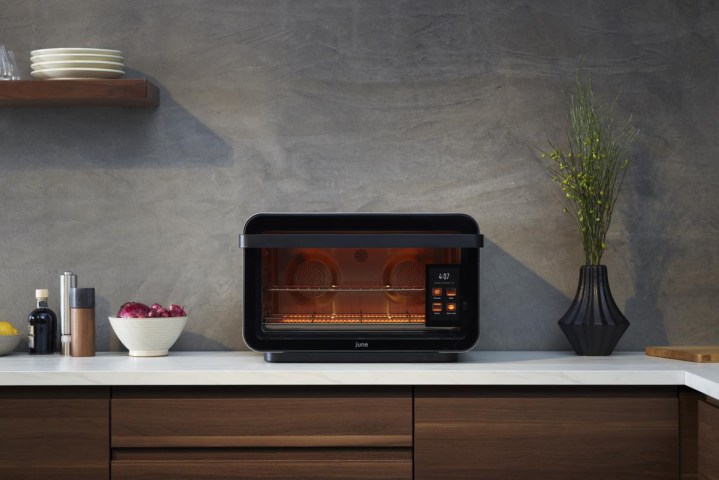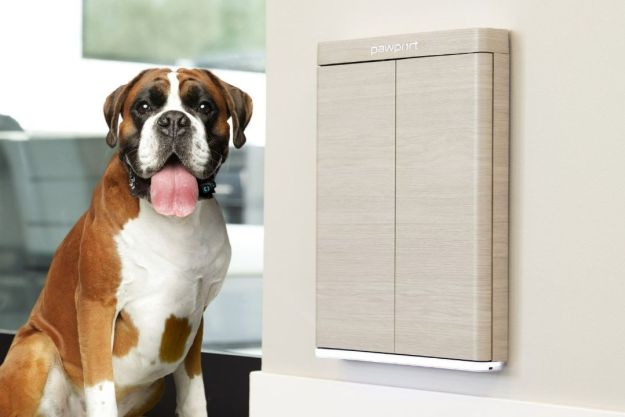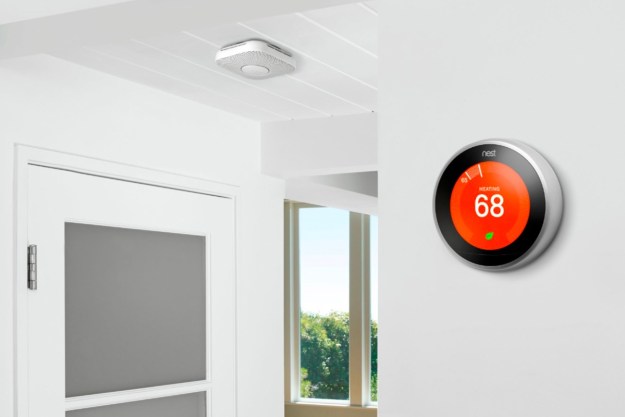
A few bugs and glitches are expected with any piece of technology no matter how advanced it may be, but some bugs are worse than others. Multiple people report that their June Smart Oven turned on by itself during the night and preheated to 400 degrees, perhaps in eager anticipation of the meal it might soon cook. June did not issue a statement regarding the potential cause of this heating fiasco, but it told The Verge that user error was to blame.
In one instance, June blamed the Amazon Alexa integration for the preheating and in another instance said the user may have tapped something within the app that triggered the preheat functionality. In only one case did June send out a new oven, but the company said it was due to “unrelated issues.” The events have users concerned.
While it is possible three people made separate mistakes that resulted in accidentally turning on their ovens, the more concerning issue is that accidentally preheating the oven can even happen at all. According to the National Fire Protection Association, cooking-related fires counted for 48% of all house fires between 2012 and 2016. Although none of the June customers reported fires, one man only discovered that his oven was on because he had forgotten to take potatoes out of the oven the night before. When he went to do so the next morning, the device had preheated to 425 degrees Fahrenheit and incinerated the tubers.
The ability to browse recipes and preheat the oven to the proper temperature for a given recipe makes cooking significantly easier, especially for the culinary-challenged. The risk of fire tempers that convenience a bit. In response, June CEO Matt Van Horn said the company is working on a solution.
An update is slated for September that will supposedly allow owners to disable remote preheating. The company also plans to add another feature in the next year that will automatically turn off the heating elements if no food is detected within the oven. All of these are steps in the right direction, especially given the potentially catastrophic nature of a heating element malfunction.
Editors' Recommendations
- How to convert your window blinds into smart blinds
- Echo Hub vs. Echo Show 8: Which is the best option for your smart home?
- The Skylight Cal Max is a 27-inch smart calendar that might replace your smart display
- Nest Secure will be discontinued in April – prepare your smart home with these steps
- Daisy is an installation and repair company designed for your smart home




